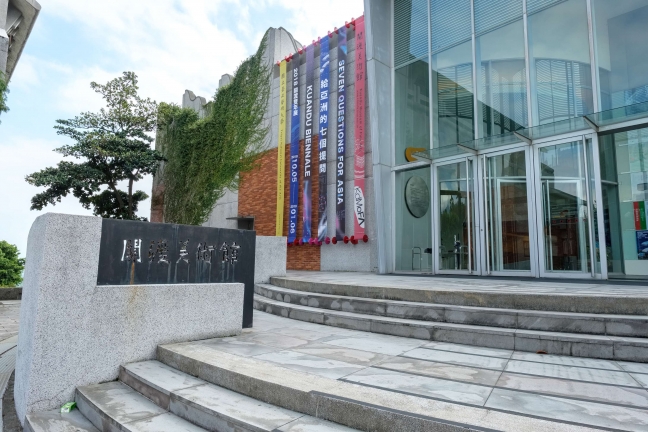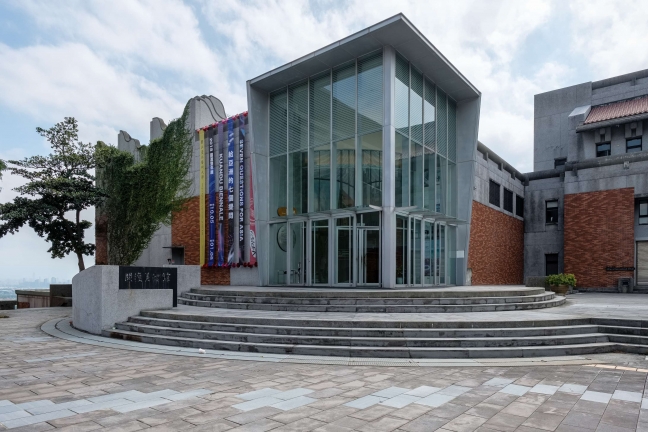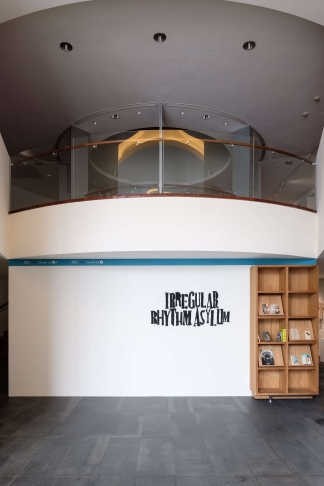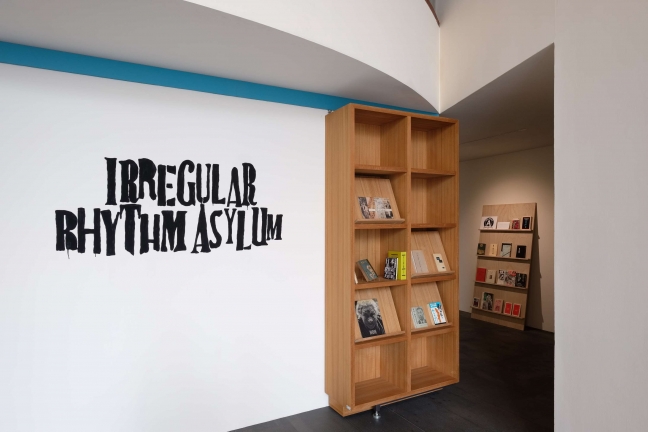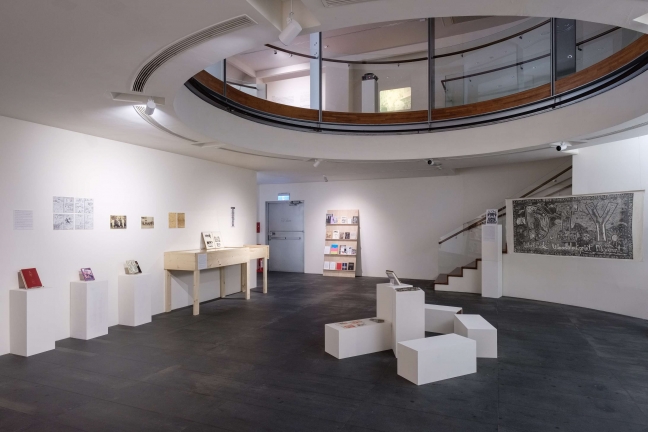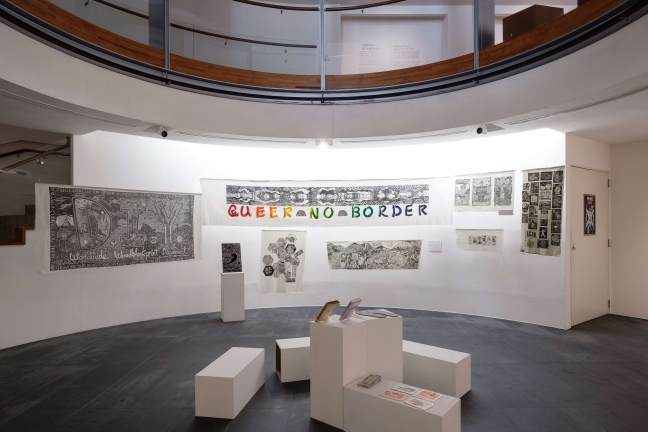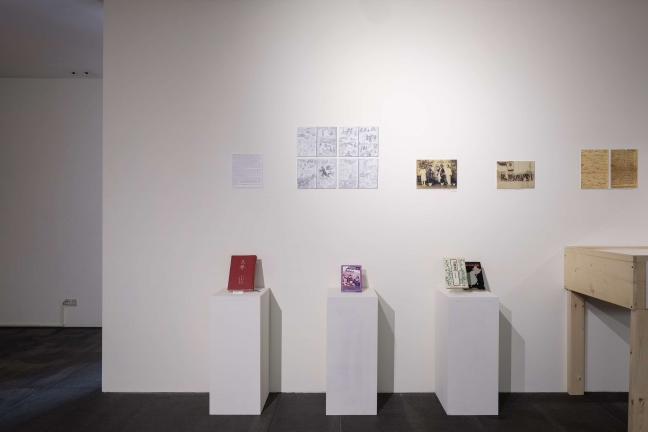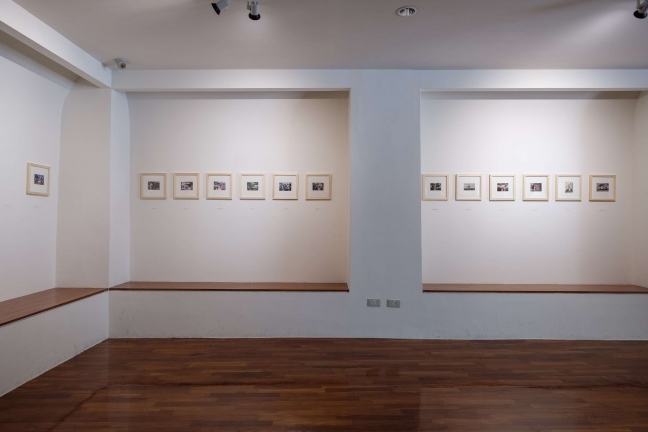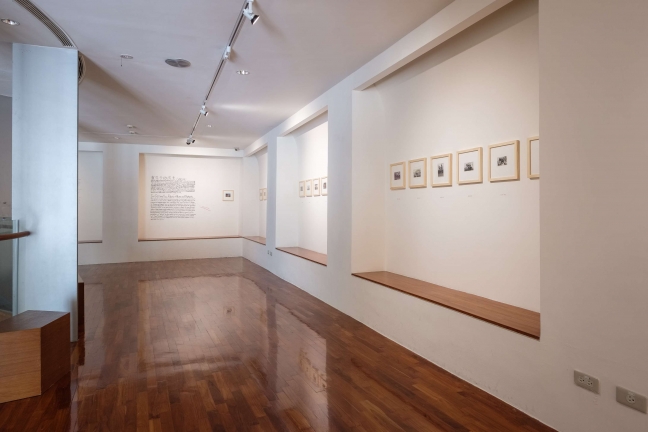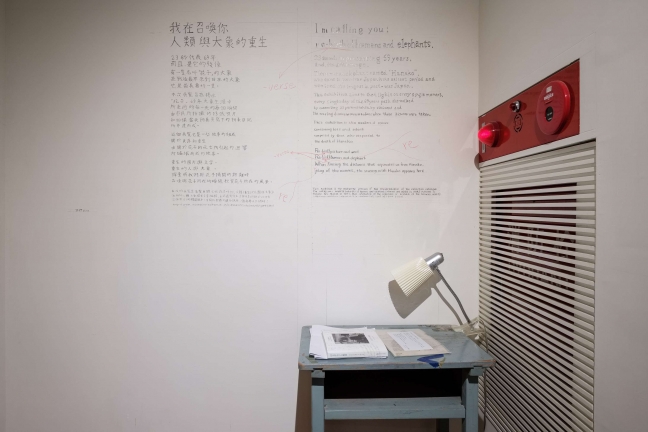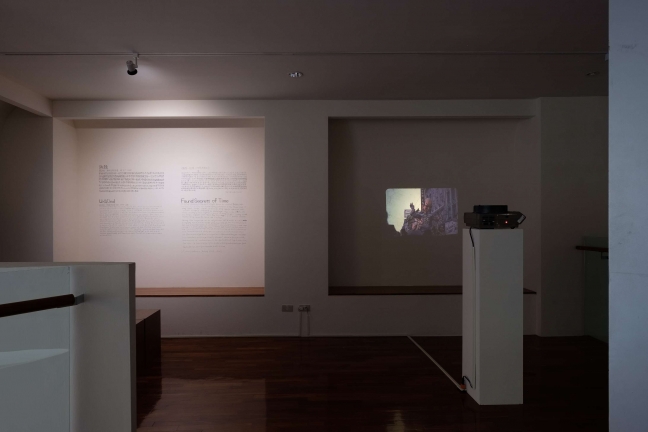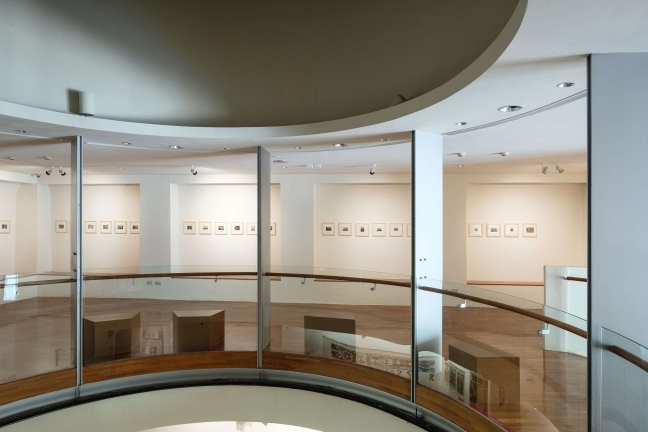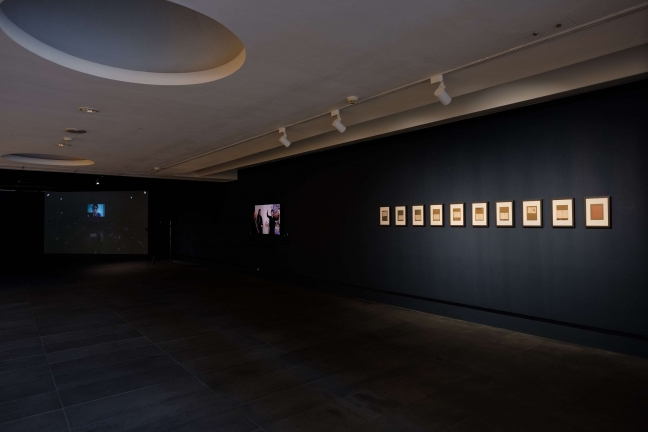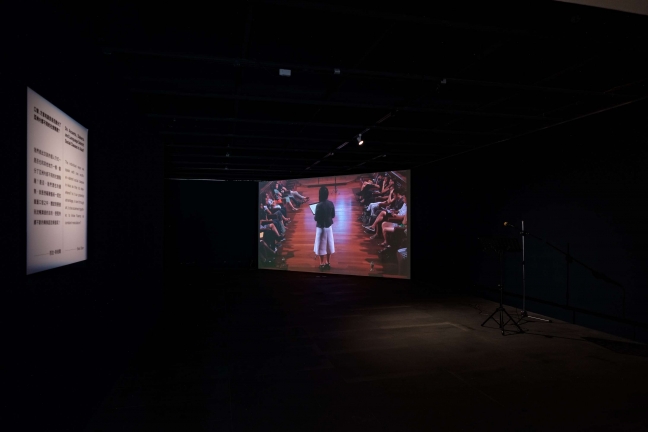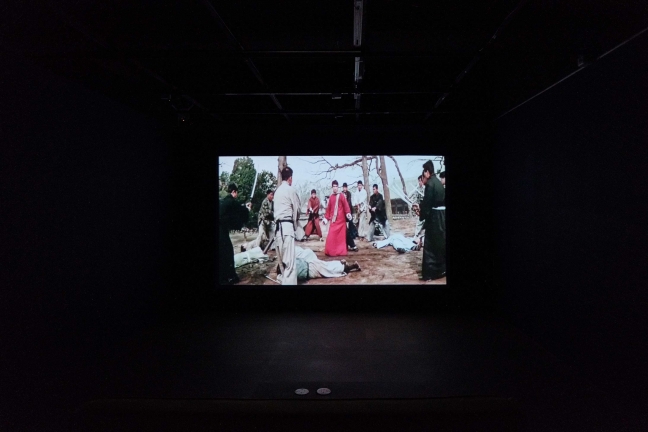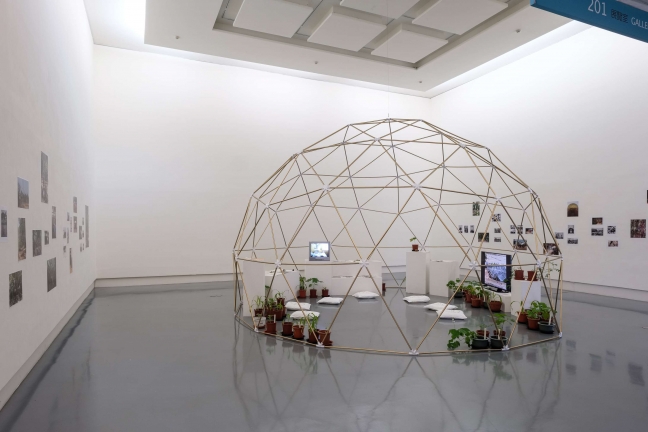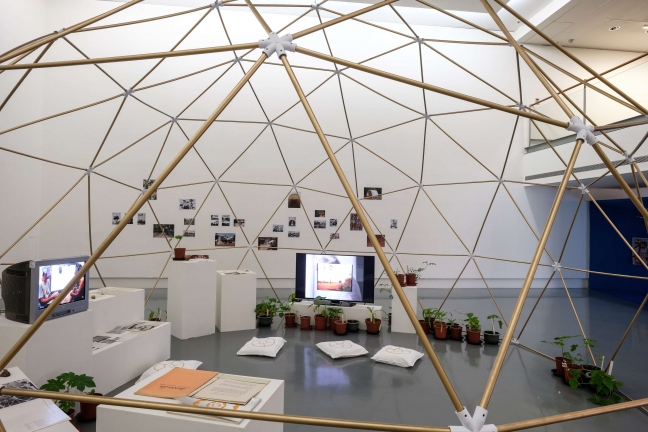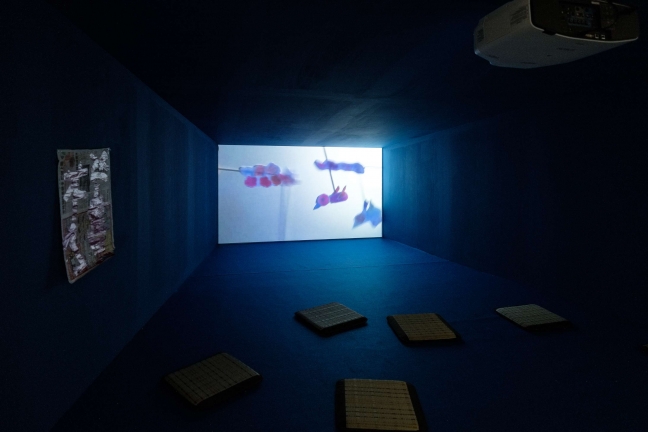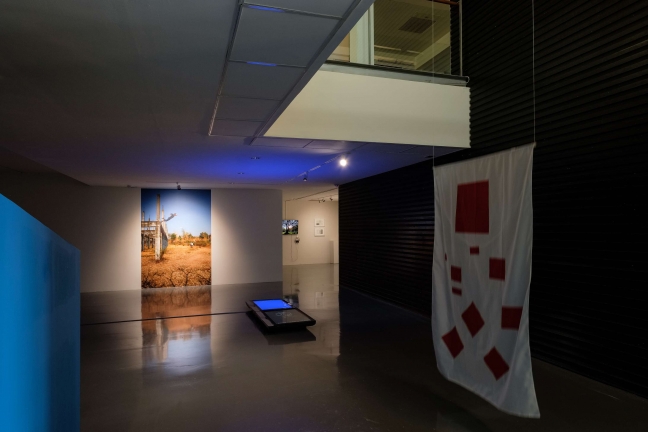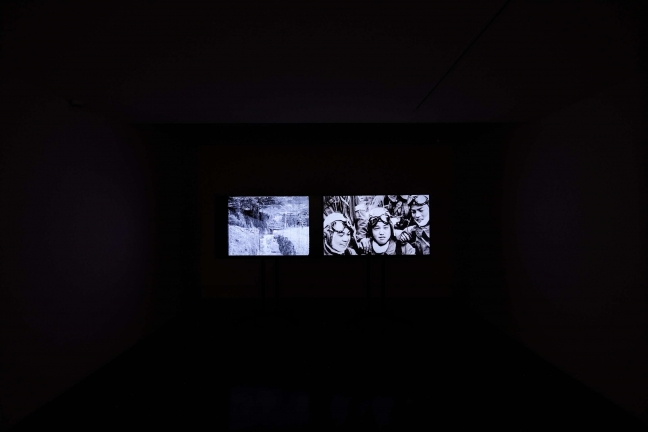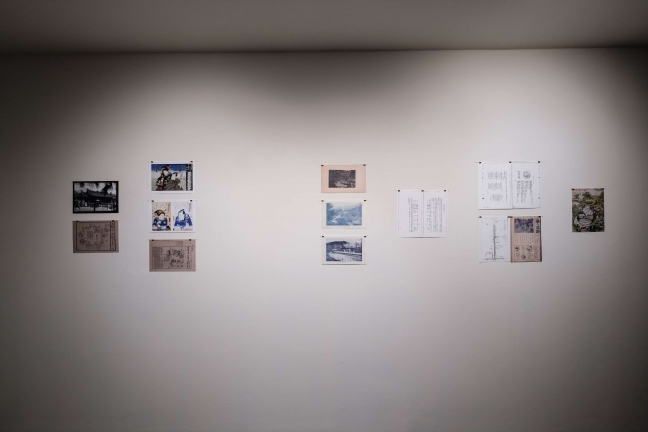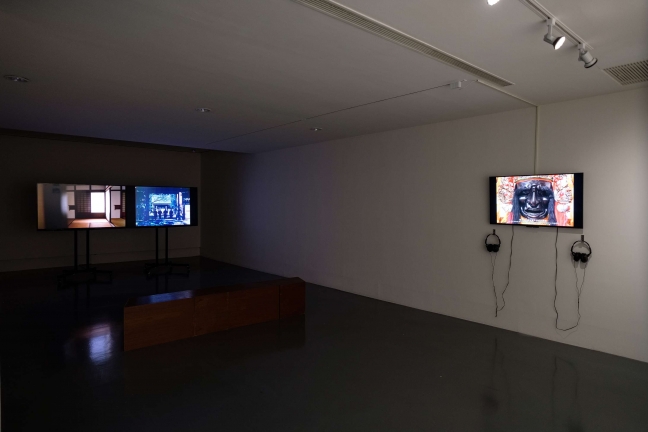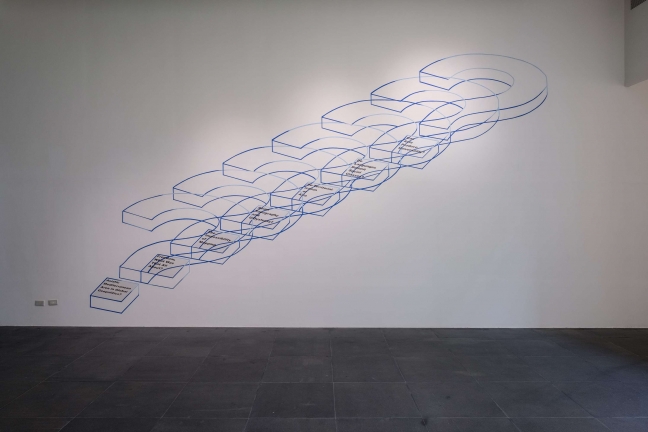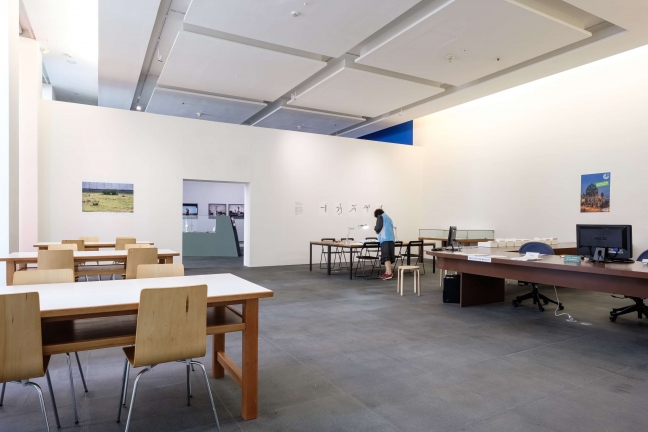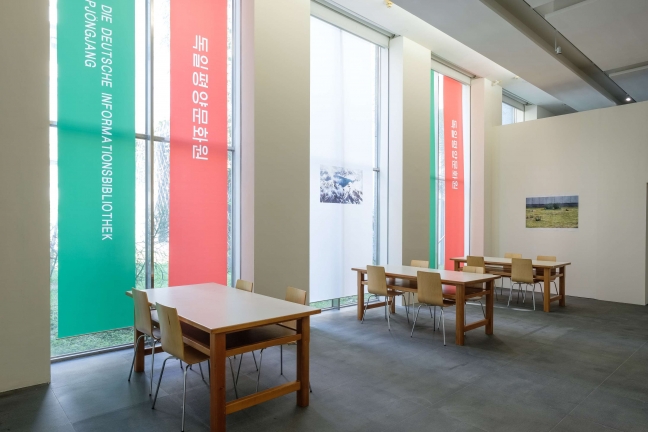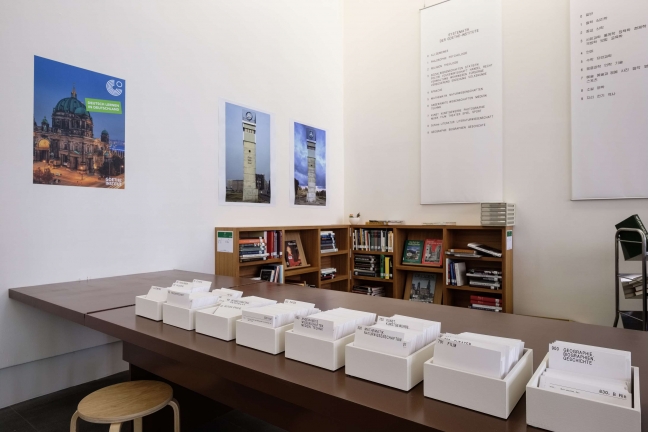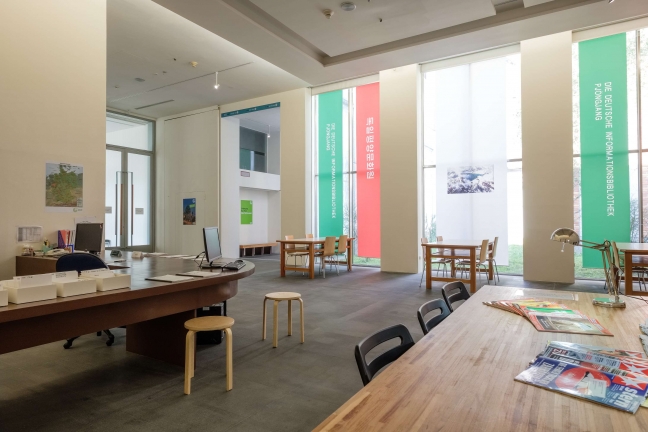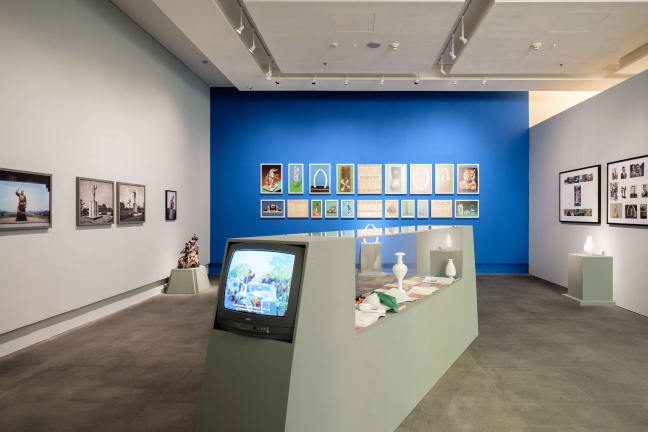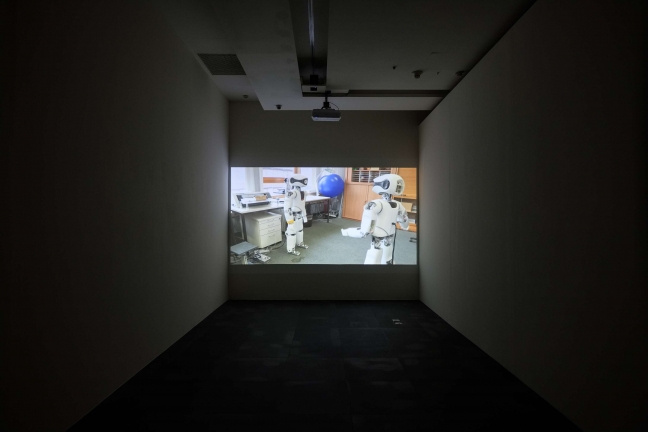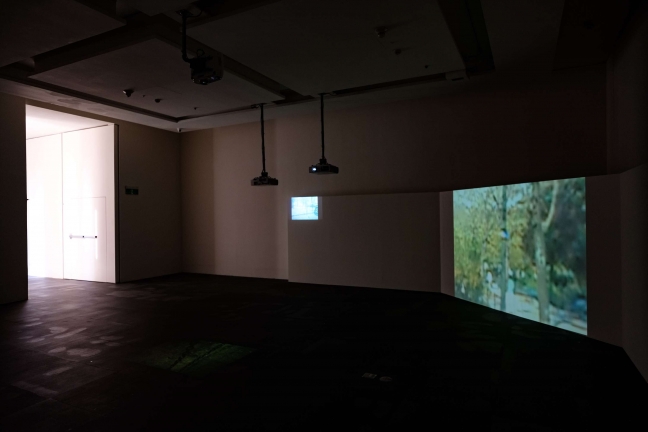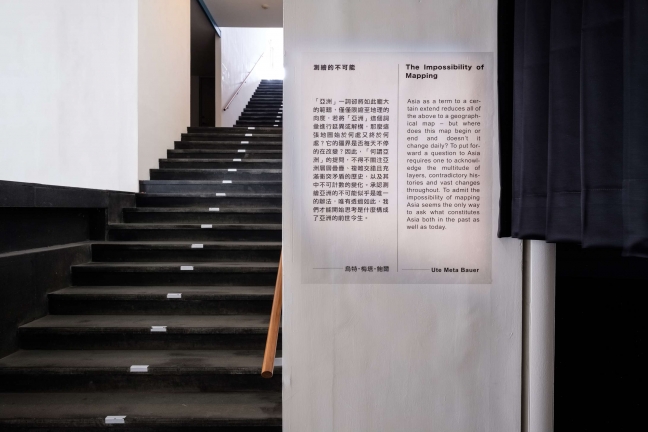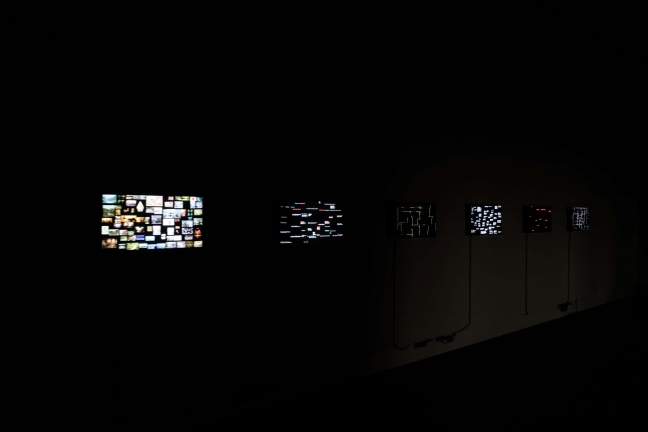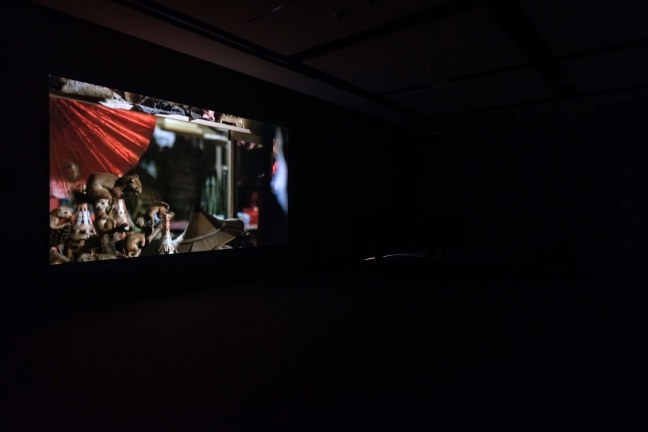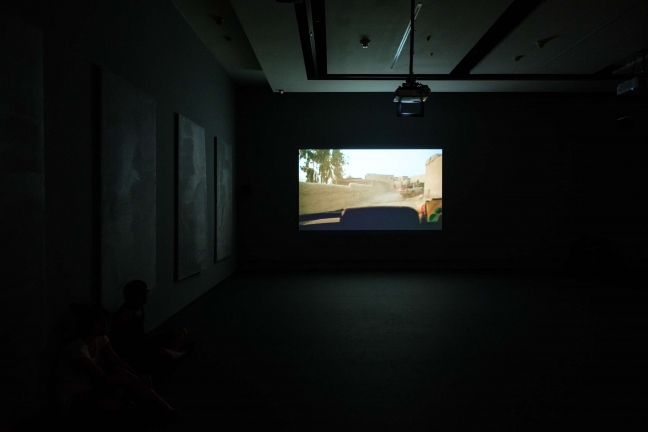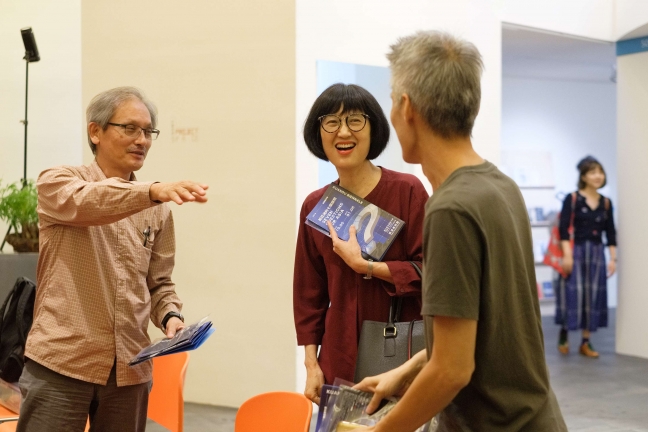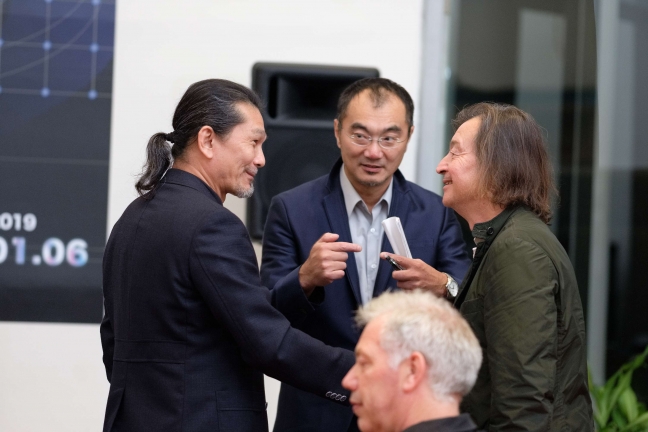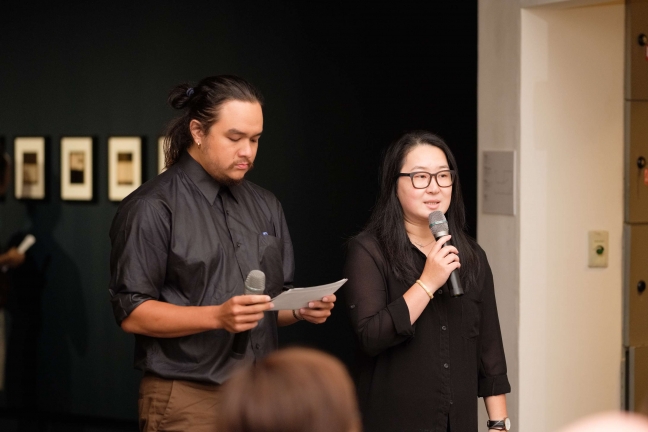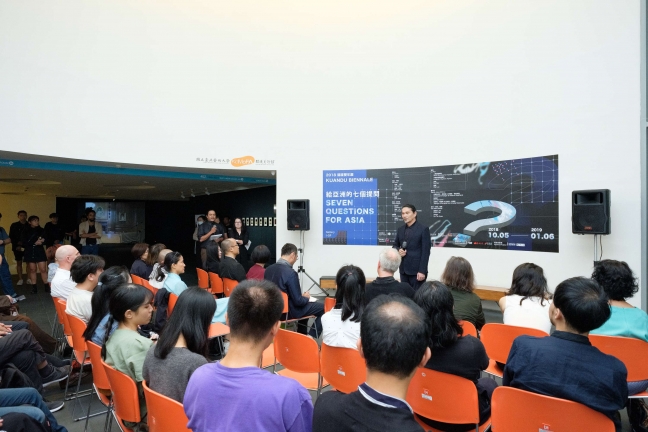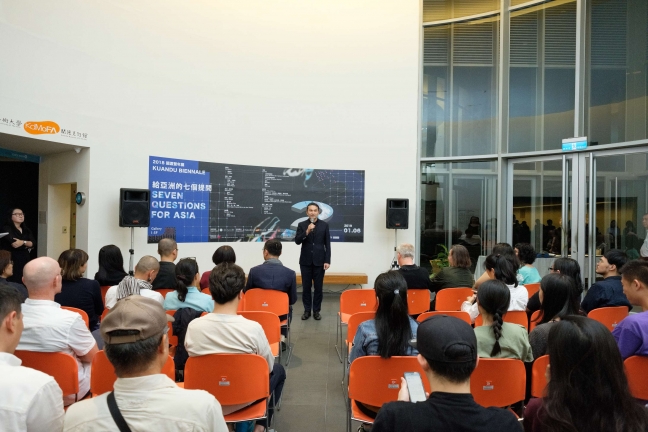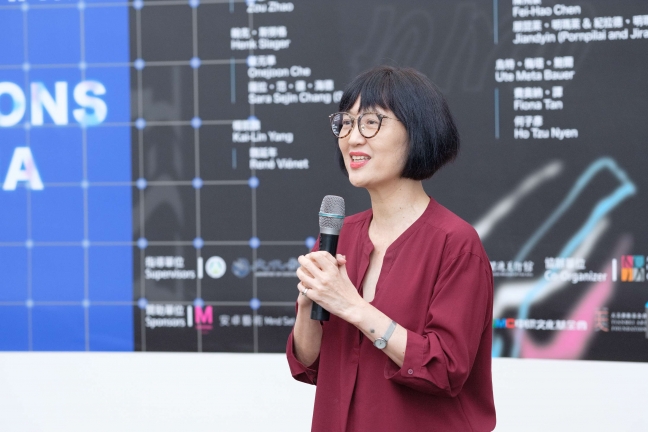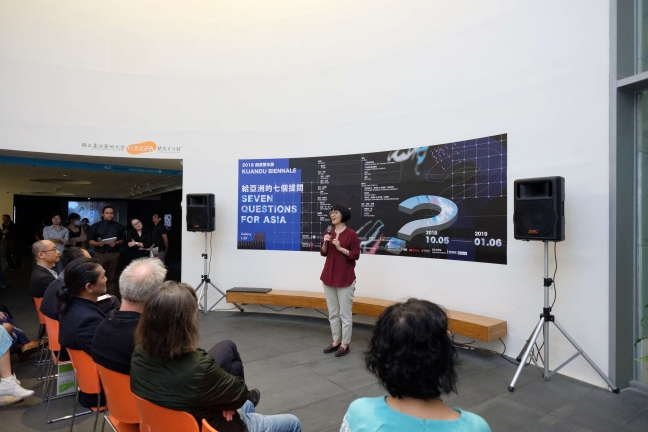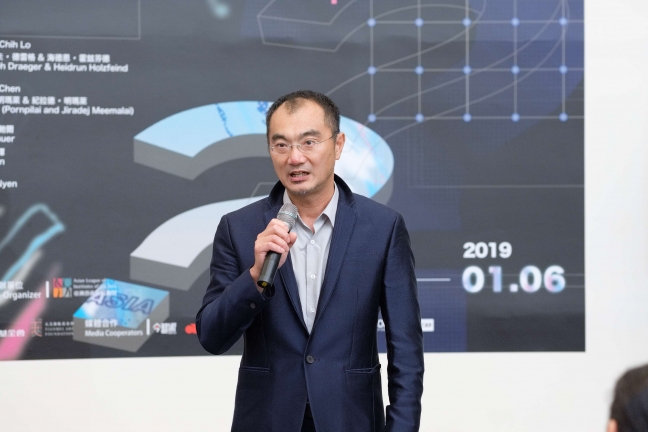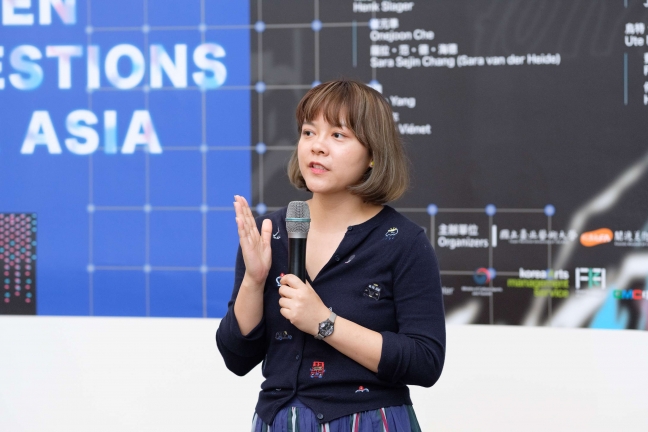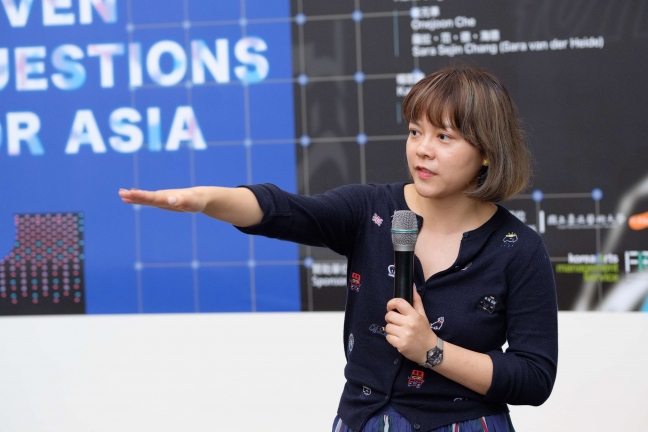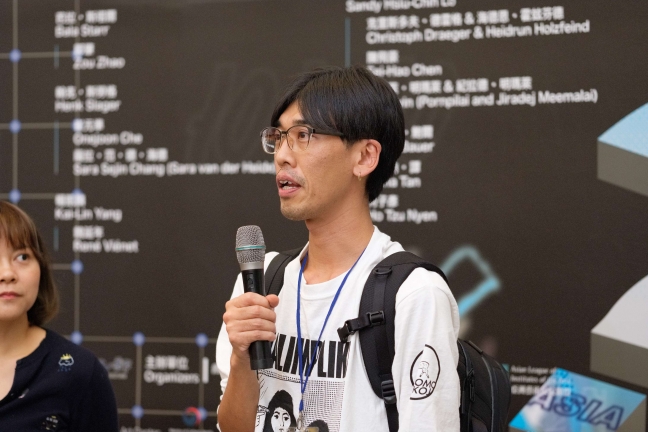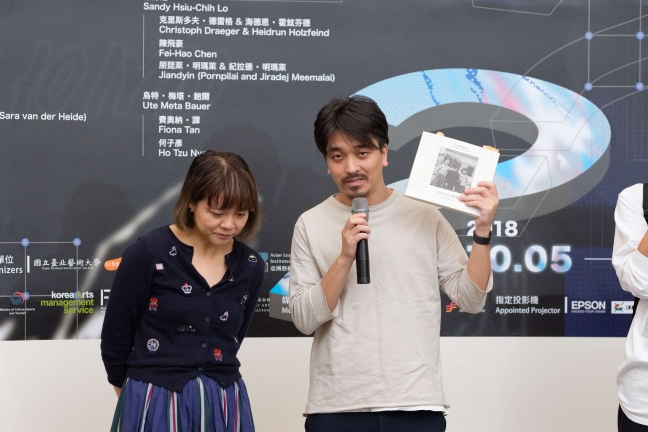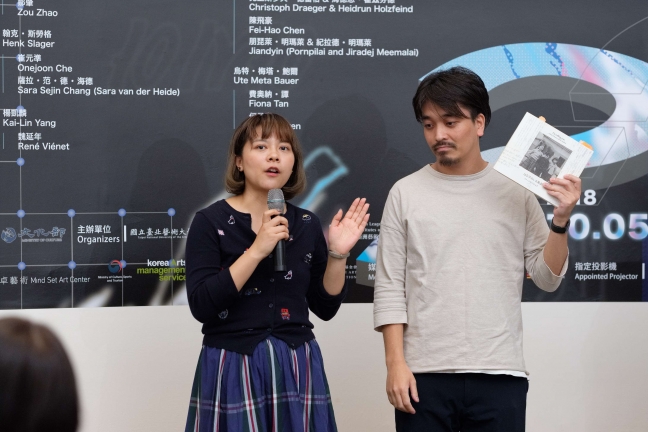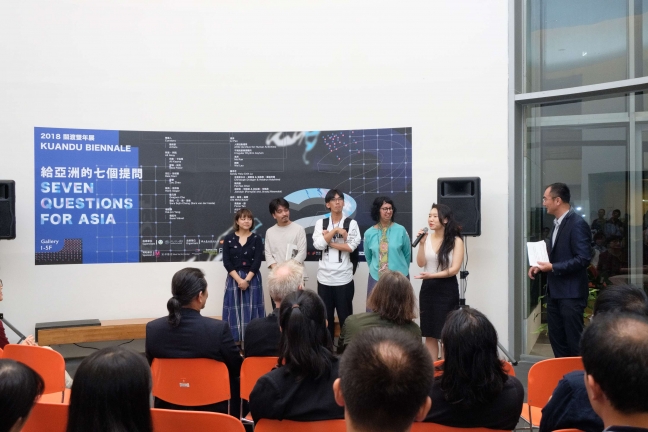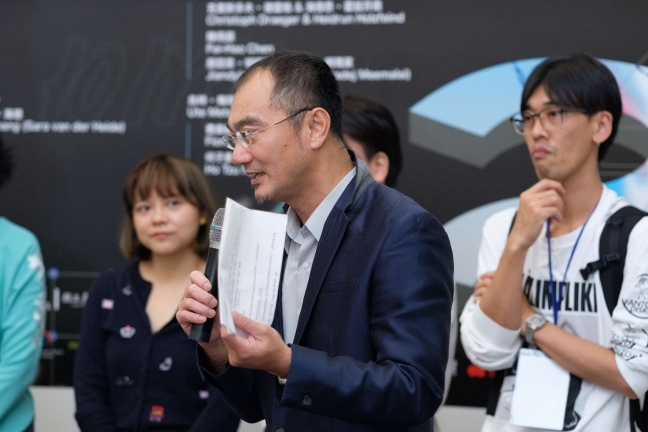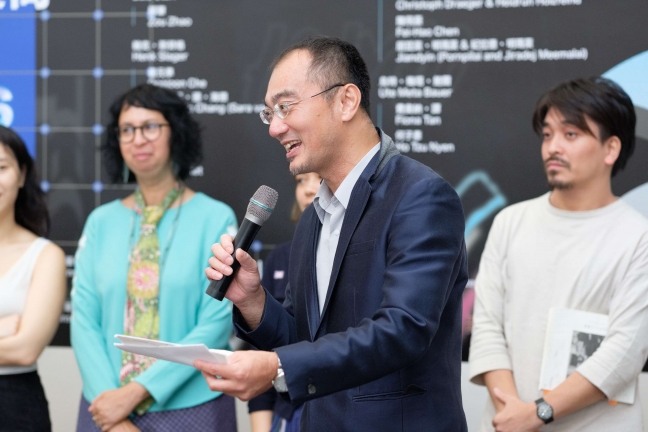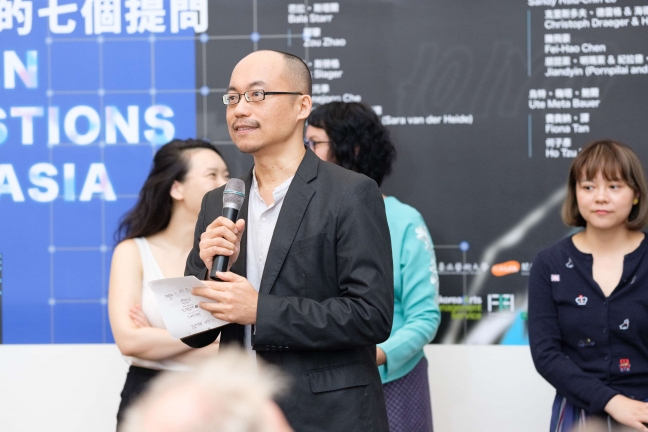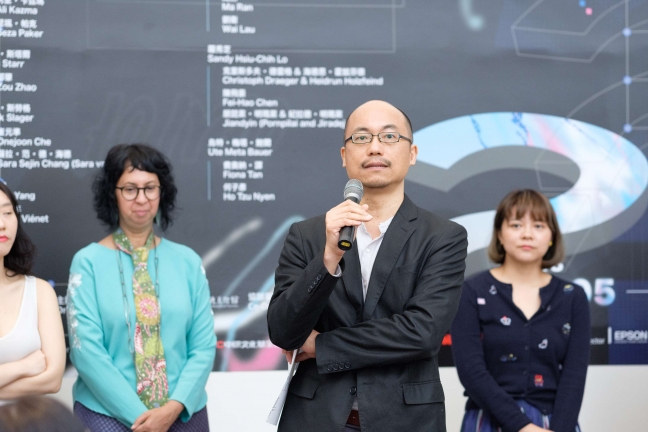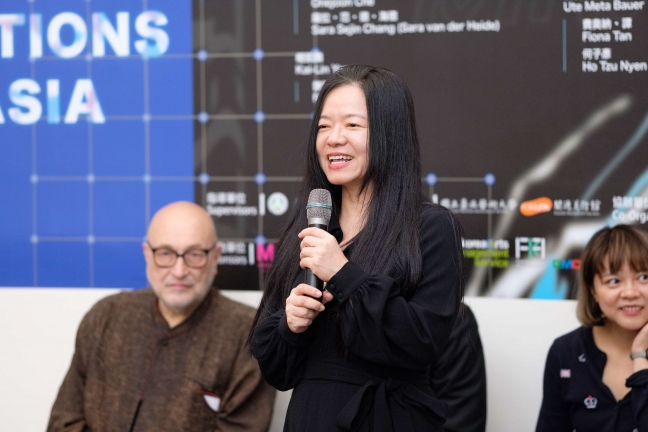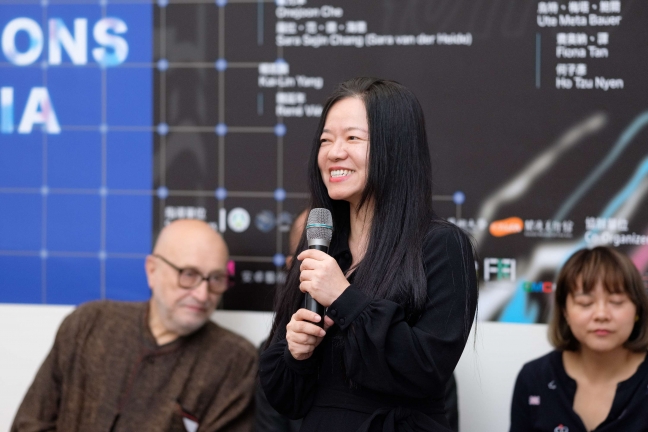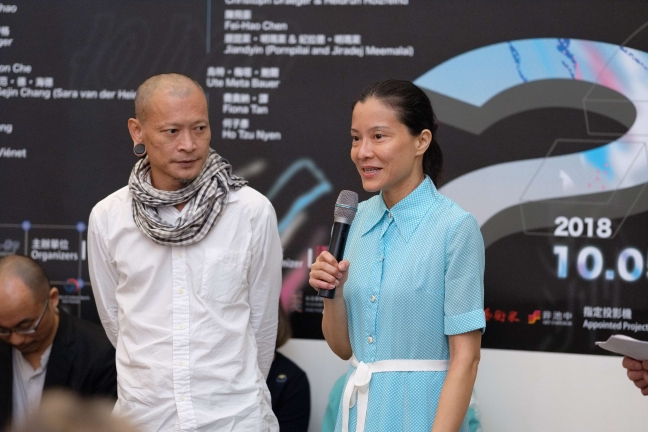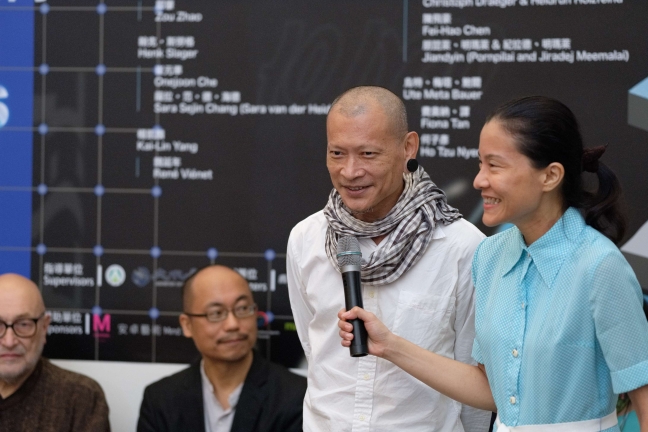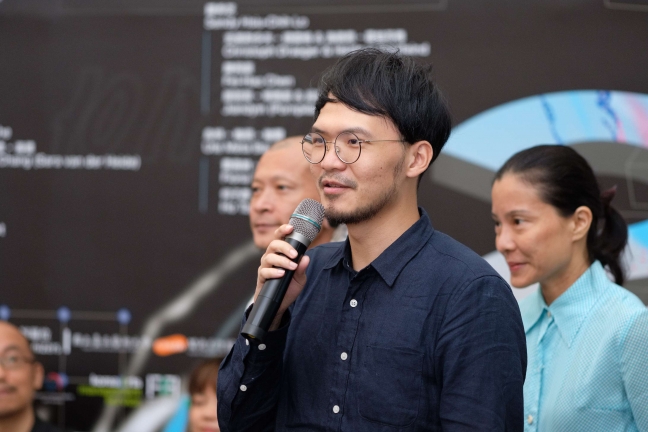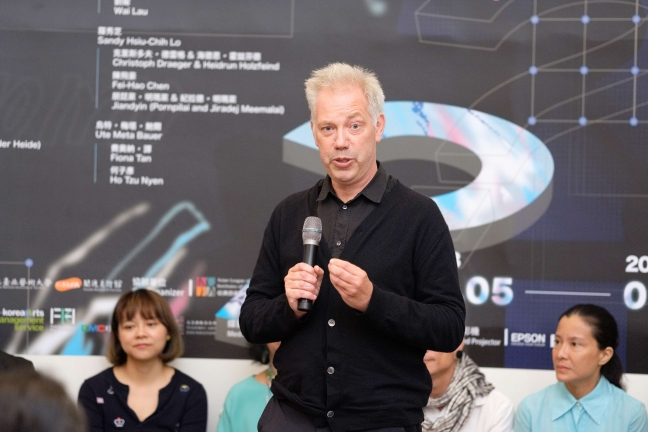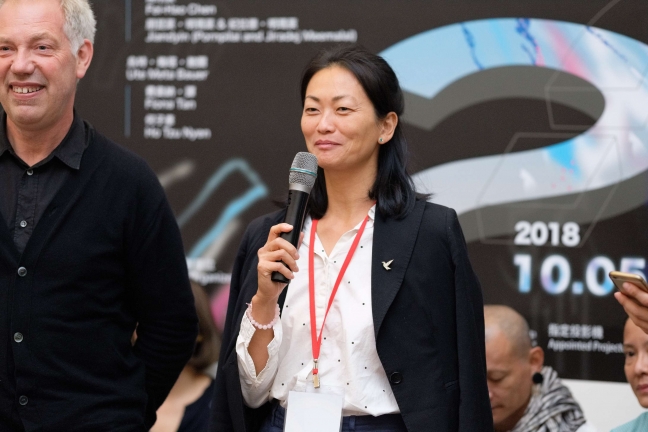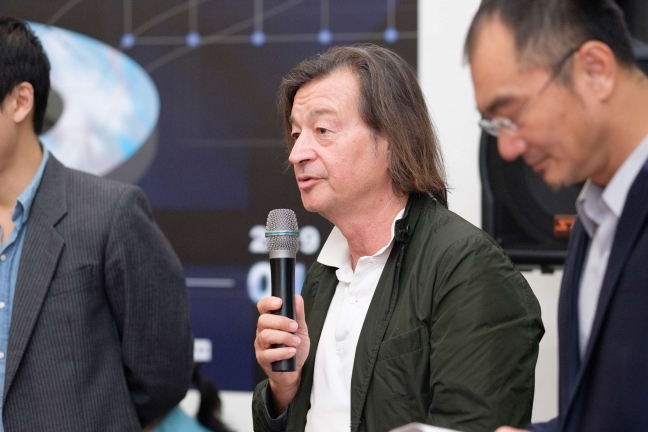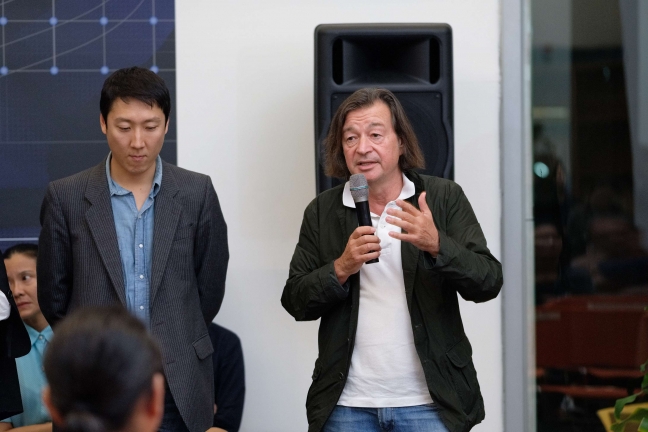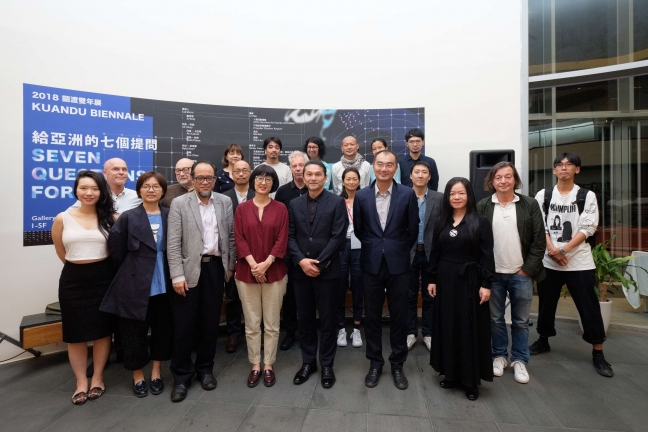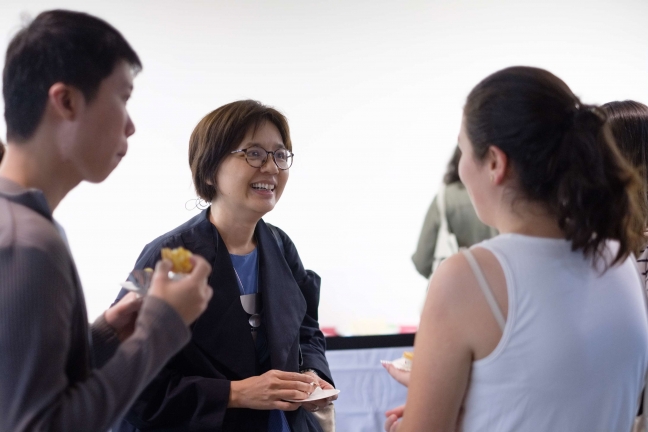2018 Kuandu Biennale Seven Questions for Asia
2018.10.05~2019.01.06
09:00 - 17:00
The Opening Reception October 5, 6:00PM For the past decade, Kuangdu Museum, affiliated with Taipei National University of the Arts, has been working on the topic of Asia for the past five editions. The 6th edition of Kuandu Biennial, hosted by Director Hongjohn Lin, is turning attention on the reflexive mode in looking what an Asian biennial can do and cannot do. Therefore the genealogy of Asia need to be in question and interrogated. Geographical Asia is a part of Eurasian continent, and links to Africa. The Greek word Ἀσία (Asia) etymologically refers to
the land of Sunrise,” where colonies were established and were majorly inhabited by other people.
Asia,” the eastern land, was first a coherent and distinct concept for the
other” in relation to Europe. Indeed, the entity of Asia cannot do without generalization and abstraction, because in reality Asia is contestant and heterogeneous.Facing modernity and colonialism, most of nation states in Asia have undergone twisted histories, tensioning traditions, coarse democracy and uneven urbanization. Wars, conflicts, crises, and diasporas are endemic symptoms of Asia from within and without. In the past pan-Asianism has always been an excuse for politico-militant interest. Okakura Tenshin’s agenda of
The Greater East Asia Co-Prosperity Sphere” ; Sun Yat-Sen’s propagation of a united front of Asian countries through Chinese nationalism; and Jawahalal Nehru’s promotion in fostering newly independent Asian countries were all good examples. Interestingly, the first Asian Art Exhibition was held in 1947 in the Asia Relations Confrence in New Delhi. Until now, different plays of a homogenous Asia have never exhausted in its contemporary variations, either in China’s
One Belt One Road” or Trump’s version of
the Indo-pacific.” We are living in times when there are more answers than questions. We turn our attention to question the notion of Asia in order to untangle histories and to project possible futures, and reconstruct its temporal-spatial configurations in multiplicities. The plural form
Asias” can be apprehended to get close to the real biosphere. These sets of questions asked by our invited curators, responded byrespective artists’ works, projects, performances, and events and screenings altogether are to be recognized as discursive endeavors to disclose singularities from the easily ignored and the underrepresented in making Asias to be seen. Seven Questions as what follows: Can We Really Talk about "Asiatic Mediterranean Area" in Terms of Global Geopolitics and Cosmology? Curator: Ali Akay Artists: Ali Kazma, Seza Paker Do Accents, Dialects and Language Delimit Social Classes in Asia? Curator: Bala Starr Artist: Zou Zhao Freedom, What Was That All About? Curator: Henk Slager Artists: Onejoon Che, Sara Sejin Chang (Sara van der Heide)’s project The German Library Pyongyang, with contributions by Choi Changho, Dongyoung Lee, Gabriele Stötzer/Künstlerinnengruppe Erfurt, Hans Haacke, Kim Kyungman, Park Chan-kyong, Rory Pilgrim, Sora Kim, and Yunjoo Kwak The Question After the End of Questions: De-territorialization of Asia Curator: Kai-Lin Yang Artist: René Viénet Can Asia Produce Universality Through Diversity ? Curator: Pan Lu Artists: AHA!(Archive for Human Activities), Irregular Rhythm Asylum, Ma Ran, Wai Lau How Can We Shape Asia Through Reconnecting with Topos? Curator: Sandy Hsiu-Chih Lo Artists: Christoph Draeger & Heidrun Holzfeind, Fei-Hao Chen, Jiandyin (Pornpilai and Jiradej) The Impossibility of Mapping (Asia) Curator: Ute Meta Bauer Artists: Fiona Tan, Ho Tzu Nyen Forum: Questioning Asia October 5, 10:00AM - 5:00PM Education Workshop with Doctoral Platform of Taipei University of the Arts Curatorial Thinking with Henk Slager Asia? Film Screenings with Ni Kun, Christoph Draeger & Heidrun Holzfeind etc. Gorilla Classroom with Fei-Hao Chen, Jun-Honn Kao Collateral programs – Astopia To Asia or Not Asia, That Is a Question… at Centre A, Canada Chhitmahal at Britto Space, Bangladesh
the land of Sunrise,” where colonies were established and were majorly inhabited by other people.
Asia,” the eastern land, was first a coherent and distinct concept for the
other” in relation to Europe. Indeed, the entity of Asia cannot do without generalization and abstraction, because in reality Asia is contestant and heterogeneous.Facing modernity and colonialism, most of nation states in Asia have undergone twisted histories, tensioning traditions, coarse democracy and uneven urbanization. Wars, conflicts, crises, and diasporas are endemic symptoms of Asia from within and without. In the past pan-Asianism has always been an excuse for politico-militant interest. Okakura Tenshin’s agenda of
The Greater East Asia Co-Prosperity Sphere” ; Sun Yat-Sen’s propagation of a united front of Asian countries through Chinese nationalism; and Jawahalal Nehru’s promotion in fostering newly independent Asian countries were all good examples. Interestingly, the first Asian Art Exhibition was held in 1947 in the Asia Relations Confrence in New Delhi. Until now, different plays of a homogenous Asia have never exhausted in its contemporary variations, either in China’s
One Belt One Road” or Trump’s version of
the Indo-pacific.” We are living in times when there are more answers than questions. We turn our attention to question the notion of Asia in order to untangle histories and to project possible futures, and reconstruct its temporal-spatial configurations in multiplicities. The plural form
Asias” can be apprehended to get close to the real biosphere. These sets of questions asked by our invited curators, responded byrespective artists’ works, projects, performances, and events and screenings altogether are to be recognized as discursive endeavors to disclose singularities from the easily ignored and the underrepresented in making Asias to be seen. Seven Questions as what follows: Can We Really Talk about "Asiatic Mediterranean Area" in Terms of Global Geopolitics and Cosmology? Curator: Ali Akay Artists: Ali Kazma, Seza Paker Do Accents, Dialects and Language Delimit Social Classes in Asia? Curator: Bala Starr Artist: Zou Zhao Freedom, What Was That All About? Curator: Henk Slager Artists: Onejoon Che, Sara Sejin Chang (Sara van der Heide)’s project The German Library Pyongyang, with contributions by Choi Changho, Dongyoung Lee, Gabriele Stötzer/Künstlerinnengruppe Erfurt, Hans Haacke, Kim Kyungman, Park Chan-kyong, Rory Pilgrim, Sora Kim, and Yunjoo Kwak The Question After the End of Questions: De-territorialization of Asia Curator: Kai-Lin Yang Artist: René Viénet Can Asia Produce Universality Through Diversity ? Curator: Pan Lu Artists: AHA!(Archive for Human Activities), Irregular Rhythm Asylum, Ma Ran, Wai Lau How Can We Shape Asia Through Reconnecting with Topos? Curator: Sandy Hsiu-Chih Lo Artists: Christoph Draeger & Heidrun Holzfeind, Fei-Hao Chen, Jiandyin (Pornpilai and Jiradej) The Impossibility of Mapping (Asia) Curator: Ute Meta Bauer Artists: Fiona Tan, Ho Tzu Nyen Forum: Questioning Asia October 5, 10:00AM - 5:00PM Education Workshop with Doctoral Platform of Taipei University of the Arts Curatorial Thinking with Henk Slager Asia? Film Screenings with Ni Kun, Christoph Draeger & Heidrun Holzfeind etc. Gorilla Classroom with Fei-Hao Chen, Jun-Honn Kao Collateral programs – Astopia To Asia or Not Asia, That Is a Question… at Centre A, Canada Chhitmahal at Britto Space, Bangladesh
The Opening Reception October 5, 6:00PM For the past decade, Kuangdu Museum, affiliated with Taipei National University of the Arts, has been working on the topic of Asia for the past five editions. The 6th edition of Kuandu Biennial, hosted by Director Hongjohn Lin, is turning attention on the reflexive mode in looking what an Asian biennial can do and cannot do. Therefore the genealogy of Asia need to be in question and interrogated. Geographical Asia is a part of Eurasian continent, and links to Africa. The Greek word Ἀσία (Asia) etymologically refers to
the land of Sunrise,” where colonies were established and were majorly inhabited by other people.
Asia,” the eastern land, was first a coherent and distinct concept for the
other” in relation to Europe. Indeed, the entity of Asia cannot do without generalization and abstraction, because in reality Asia is contestant and heterogeneous.Facing modernity and colonialism, most of nation states in Asia have undergone twisted histories, tensioning traditions, coarse democracy and uneven urbanization. Wars, conflicts, crises, and diasporas are endemic symptoms of Asia from within and without. In the past pan-Asianism has always been an excuse for politico-militant interest. Okakura Tenshin’s agenda of
The Greater East Asia Co-Prosperity Sphere” ; Sun Yat-Sen’s propagation of a united front of Asian countries through Chinese nationalism; and Jawahalal Nehru’s promotion in fostering newly independent Asian countries were all good examples. Interestingly, the first Asian Art Exhibition was held in 1947 in the Asia Relations Confrence in New Delhi. Until now, different plays of a homogenous Asia have never exhausted in its contemporary variations, either in China’s
One Belt One Road” or Trump’s version of
the Indo-pacific.” We are living in times when there are more answers than questions. We turn our attention to question the notion of Asia in order to untangle histories and to project possible futures, and reconstruct its temporal-spatial configurations in multiplicities. The plural form
Asias” can be apprehended to get close to the real biosphere. These sets of questions asked by our invited curators, responded byrespective artists’ works, projects, performances, and events and screenings altogether are to be recognized as discursive endeavors to disclose singularities from the easily ignored and the underrepresented in making Asias to be seen. Seven Questions as what follows: Can We Really Talk about "Asiatic Mediterranean Area" in Terms of Global Geopolitics and Cosmology? Curator: Ali Akay Artists: Ali Kazma, Seza Paker Do Accents, Dialects and Language Delimit Social Classes in Asia? Curator: Bala Starr Artist: Zou Zhao Freedom, What Was That All About? Curator: Henk Slager Artists: Onejoon Che, Sara Sejin Chang (Sara van der Heide)’s project The German Library Pyongyang, with contributions by Choi Changho, Dongyoung Lee, Gabriele Stötzer/Künstlerinnengruppe Erfurt, Hans Haacke, Kim Kyungman, Park Chan-kyong, Rory Pilgrim, Sora Kim, and Yunjoo Kwak The Question After the End of Questions: De-territorialization of Asia Curator: Kai-Lin Yang Artist: René Viénet Can Asia Produce Universality Through Diversity ? Curator: Pan Lu Artists: AHA!(Archive for Human Activities), Irregular Rhythm Asylum, Ma Ran, Wai Lau How Can We Shape Asia Through Reconnecting with Topos? Curator: Sandy Hsiu-Chih Lo Artists: Christoph Draeger & Heidrun Holzfeind, Fei-Hao Chen, Jiandyin (Pornpilai and Jiradej) The Impossibility of Mapping (Asia) Curator: Ute Meta Bauer Artists: Fiona Tan, Ho Tzu Nyen Forum: Questioning Asia October 5, 10:00AM - 5:00PM Education Workshop with Doctoral Platform of Taipei University of the Arts Curatorial Thinking with Henk Slager Asia? Film Screenings with Ni Kun, Christoph Draeger & Heidrun Holzfeind etc. Gorilla Classroom with Fei-Hao Chen, Jun-Honn Kao Collateral programs – Astopia To Asia or Not Asia, That Is a Question… at Centre A, Canada Chhitmahal at Britto Space, Bangladesh
the land of Sunrise,” where colonies were established and were majorly inhabited by other people.
Asia,” the eastern land, was first a coherent and distinct concept for the
other” in relation to Europe. Indeed, the entity of Asia cannot do without generalization and abstraction, because in reality Asia is contestant and heterogeneous.Facing modernity and colonialism, most of nation states in Asia have undergone twisted histories, tensioning traditions, coarse democracy and uneven urbanization. Wars, conflicts, crises, and diasporas are endemic symptoms of Asia from within and without. In the past pan-Asianism has always been an excuse for politico-militant interest. Okakura Tenshin’s agenda of
The Greater East Asia Co-Prosperity Sphere” ; Sun Yat-Sen’s propagation of a united front of Asian countries through Chinese nationalism; and Jawahalal Nehru’s promotion in fostering newly independent Asian countries were all good examples. Interestingly, the first Asian Art Exhibition was held in 1947 in the Asia Relations Confrence in New Delhi. Until now, different plays of a homogenous Asia have never exhausted in its contemporary variations, either in China’s
One Belt One Road” or Trump’s version of
the Indo-pacific.” We are living in times when there are more answers than questions. We turn our attention to question the notion of Asia in order to untangle histories and to project possible futures, and reconstruct its temporal-spatial configurations in multiplicities. The plural form
Asias” can be apprehended to get close to the real biosphere. These sets of questions asked by our invited curators, responded byrespective artists’ works, projects, performances, and events and screenings altogether are to be recognized as discursive endeavors to disclose singularities from the easily ignored and the underrepresented in making Asias to be seen. Seven Questions as what follows: Can We Really Talk about "Asiatic Mediterranean Area" in Terms of Global Geopolitics and Cosmology? Curator: Ali Akay Artists: Ali Kazma, Seza Paker Do Accents, Dialects and Language Delimit Social Classes in Asia? Curator: Bala Starr Artist: Zou Zhao Freedom, What Was That All About? Curator: Henk Slager Artists: Onejoon Che, Sara Sejin Chang (Sara van der Heide)’s project The German Library Pyongyang, with contributions by Choi Changho, Dongyoung Lee, Gabriele Stötzer/Künstlerinnengruppe Erfurt, Hans Haacke, Kim Kyungman, Park Chan-kyong, Rory Pilgrim, Sora Kim, and Yunjoo Kwak The Question After the End of Questions: De-territorialization of Asia Curator: Kai-Lin Yang Artist: René Viénet Can Asia Produce Universality Through Diversity ? Curator: Pan Lu Artists: AHA!(Archive for Human Activities), Irregular Rhythm Asylum, Ma Ran, Wai Lau How Can We Shape Asia Through Reconnecting with Topos? Curator: Sandy Hsiu-Chih Lo Artists: Christoph Draeger & Heidrun Holzfeind, Fei-Hao Chen, Jiandyin (Pornpilai and Jiradej) The Impossibility of Mapping (Asia) Curator: Ute Meta Bauer Artists: Fiona Tan, Ho Tzu Nyen Forum: Questioning Asia October 5, 10:00AM - 5:00PM Education Workshop with Doctoral Platform of Taipei University of the Arts Curatorial Thinking with Henk Slager Asia? Film Screenings with Ni Kun, Christoph Draeger & Heidrun Holzfeind etc. Gorilla Classroom with Fei-Hao Chen, Jun-Honn Kao Collateral programs – Astopia To Asia or Not Asia, That Is a Question… at Centre A, Canada Chhitmahal at Britto Space, Bangladesh

